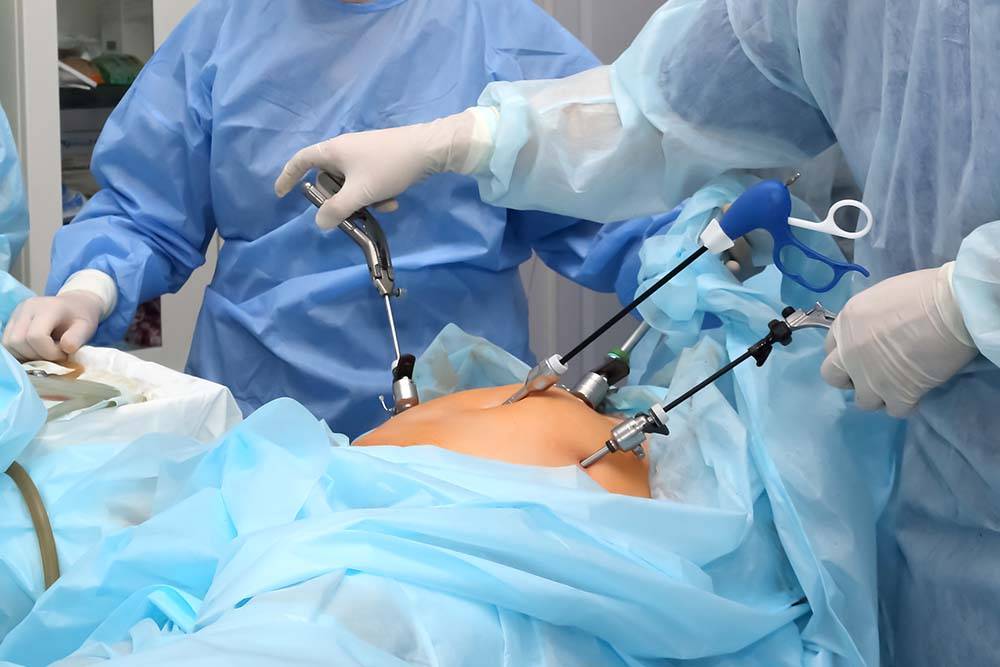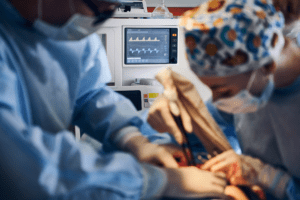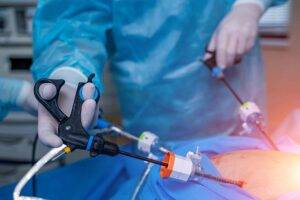Laparoscopy surgery is a minimally invasive procedure done when you face issues in your abdomen and pelvis. During this procedure, the surgeon uses a tool called a laparoscope that helps to view the interior of both these areas. It is typically performed for diagnostic purposes when an individual faces pain or any other symptoms. While performing the surgery, the surgeon collects tissue samples to conduct a biopsy of the same.
What is the Speciality of the Tools Used in Laparoscopic Surgery?
The device or tool called a laparoscope looks thin and carries a camera to view the interior portion. The best thing about this tool is it takes two or four small incisions of ½ inch each. Sometimes, the surgeon may also undertake the keyhole surgery, a minimally invasive surgery that alludes to these tiny incisions.
Things you must expect before, during, and after laparoscopy surgery-
When you start showing specific symptoms for laparoscopy surgery, the surgeon will provide you with complete information that you should know.
Before Laparoscopy Surgery
- Before Laparoscopy Surgery:
The first step before the laparoscopy surgery is to consult with your healthcare professional. The surgeon will check your health history, symptoms, and other aspects during this. The doctor would suggest you keep fasting for a certain period, hold medicine consumption, and decide for someone to drive you home after the procedure. - Preoperative Assessment:
To ensure you’re in good health for the treatment, you might receive preoperative tests like blood work, electrocardiograms (ECG), and imaging. Any allergies, prescription drugs, or underlying medical issues should be disclosed to your healthcare provider.
During Laparoscopy Surgery
- Anesthesia:
Laparoscopy is frequently carried out under general anesthesia, allowing you to stay asleep throughout the surgery. - Incisions:
Laparoscopy requires making small incisions in the belly, typically between 0.5 and 1.5 centimeters in length, in contrast to standard open surgery. These act as points of access for the laparoscope tools. - Insertion of the Laparoscope:
One of the incisions is used to implant the Laparoscope, a small tube with a camera and light source. The surgeon will get real-time images on a monitor, making it easy to perform the surgery. - Surgery:
Depending on the goal of the laparoscopy, the surgeon may carry out different operations such as tissue biopsies, cyst or tumor removal, or abdominal organ repair. - Closure:
The surgeon will remove the surgical tools and sew the incisions with small adhesive strips or stitches.
After Laparoscopy
- Recovery Period:
Once the closure is done and you come out of anesthesia, the surgeon will monitor your vital signs in the recovery area. It’s common to feel minor discomfort or soreness near the incision sites. - Pain management:
Your doctor may recommend painkillers to treat your discomfort following surgery. - Diet:
The surgeon would recommend a diet to help you quickly overcome the pain. - Follow-up Appointments:
The surgeon would ask you to visit the clinic for a follow-up appointment and monitor your healing process.
Conclusion
With the advancement in laparoscopic tools, complex surgeries can now be successfully carried out through keyhole incisions. Laparoscopic surgery has made it possible to perform several previously thought to be too complex for minimally invasive techniques. Surgeons at Kewal Hospital conduct laparoscopic surgery using the best surgical tools.





